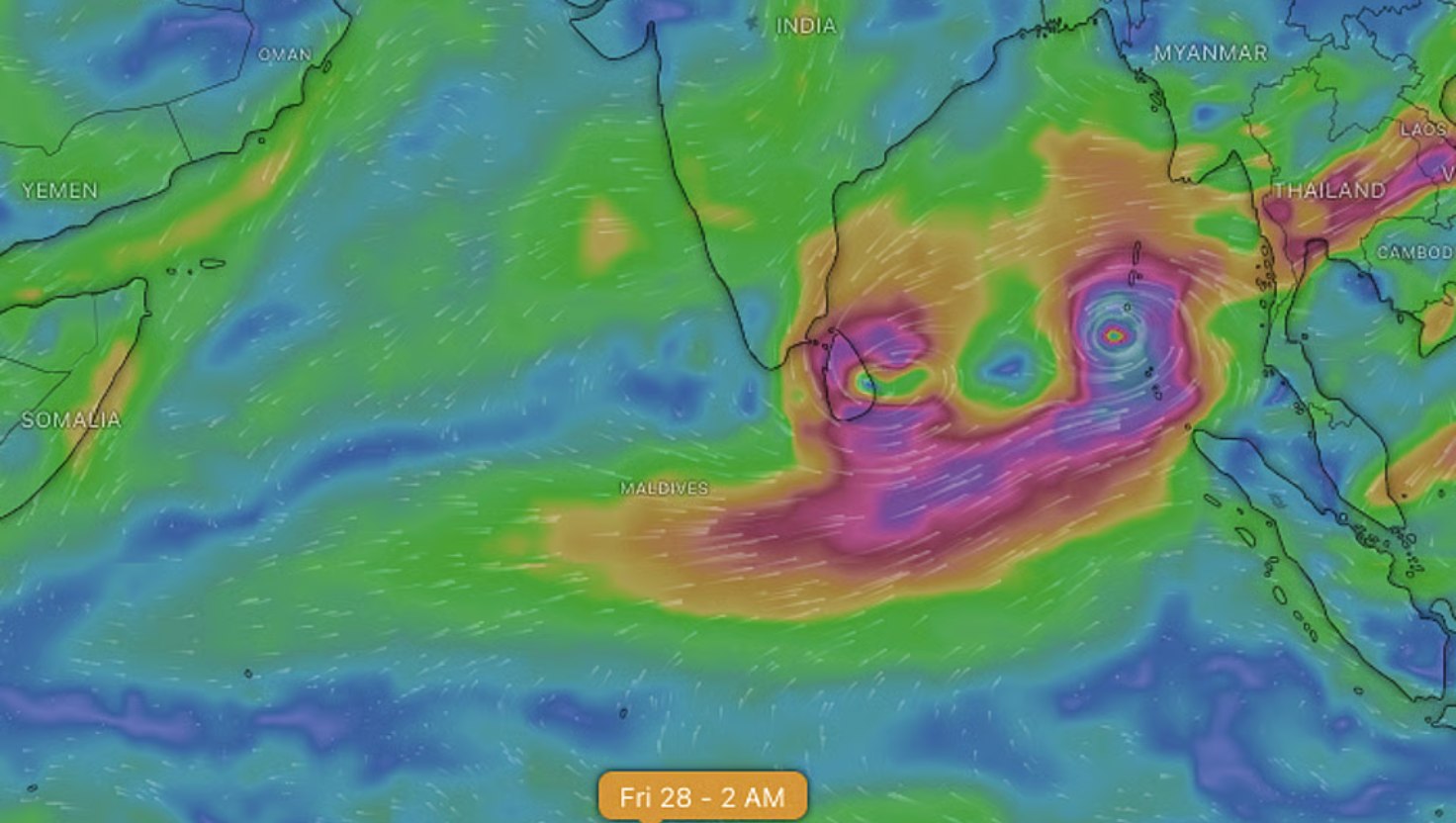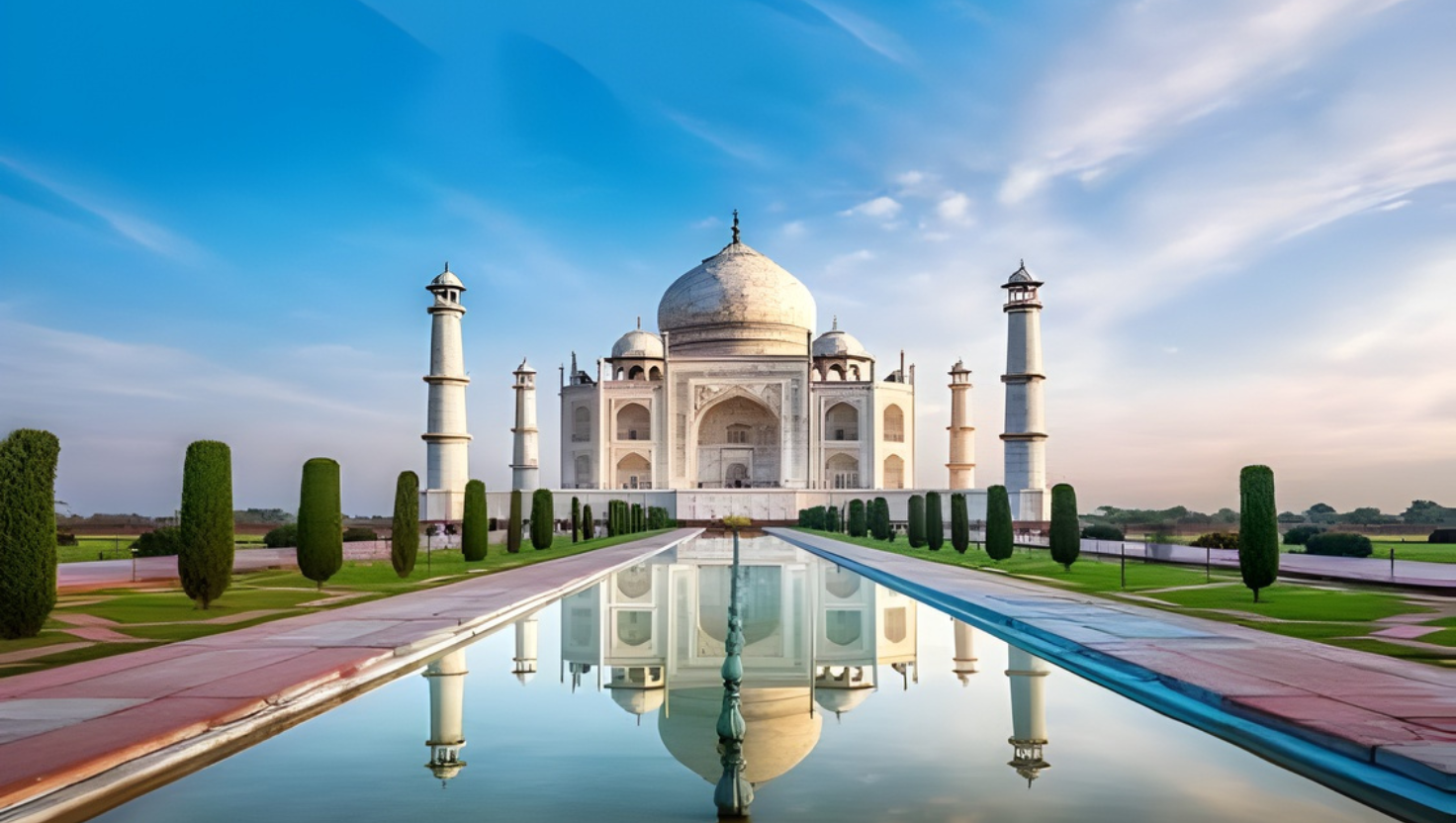India’s Strategic Autonomy in a Multipolar World
Syllabus: International Relations (UPSC GS II)
Source: TH
Context:
India’s pursuit of strategic autonomy has gained importance in today’s multipolar world, where the rivalry between the U.S. and China and Russia’s assertive role are reshaping global politics.
What is Strategic Autonomy?
- The freedom to make independent choices in foreign policy and defence without being constrained by alliances.
- Focuses on flexibility, sovereignty, and self-reliance while engaging with multiple global powers.
Historical Roots
- Colonial Experience: India’s past under colonial rule shaped its determination to safeguard sovereignty and resist external dominance.
- Constitutional Ethos: Inspired by the freedom struggle, India’s foreign policy promotes dignity, independence, and non-alignment.
- Non-Aligned Movement (NAM): Led by Nehru during the Cold War, India avoided bloc politics while balancing U.S. and Soviet influences.
- Multi-Alignment: Post-1991 globalisation encouraged India to engage all powers pragmatically without compromising independence.
Why Strategic Autonomy Matters
Key Drivers:
- Geopolitical Setting: Nuclear-armed neighbours like China and Pakistan require India to keep defence options open.
- Security Needs: Dependence on imported defence equipment and energy urges diversification.
- Civilisational Aspiration: India wants to be seen as a rising global power, not a follower of others.
- Global Order Shift: The decline of U.S. dominance and rise of China offer more space for independent strategies.
- New Threats: Cyber warfare, pandemics, and climate change require broad cooperation beyond alliances.
Opportunities for India
- Bridge-Builder: India can mediate between developed nations and the Global South.
- Technology Diplomacy: Partnerships in AI, quantum tech, and renewable energy help reduce dependency.
- Defence Indigenisation: ‘Atmanirbhar Bharat’ supports local manufacturing and reduces foreign reliance.
- Soft Power: India’s democracy, culture, and diaspora enhance global credibility.
- Global South Leadership: Forums like G20 and BRICS position India as a voice for emerging economies.
Challenges
- Economic Vulnerability: High import dependence for oil, defence, and technology weakens bargaining power.
- China Factor: Border tensions and a $100B+ trade deficit limit strategic flexibility.
- Alliance Pressures: Managing ties with both the U.S.-led QUAD and Russia/China-driven platforms is complex.
- Institutional Gaps: Political divides and bureaucratic inefficiencies hinder coherent foreign policy.
- New Domains: India lags in cyber security, semiconductor supply chains, and space technology, affecting autonomy.
Way Forward
- Economic Strengthening: Build resilient supply chains and boost energy security.
- Balanced Engagement: Deepen Indo-Pacific relations while maintaining historic partnerships.
- Defence Indigenisation: Invest in AI, drones, space tech, and cyber systems.
- Global South Advocacy: Lead reforms in global institutions like the UN, WTO, and IMF.
- Adaptive Diplomacy: Combine principles with pragmatism, staying agile amid changing geopolitics.
Conclusion
India’s strategic autonomy is not about isolation but about resilience and independent engagement. By strengthening economic, technological, and defence capabilities, India can safeguard its sovereignty and emerge as a key power in a multipolar world.











